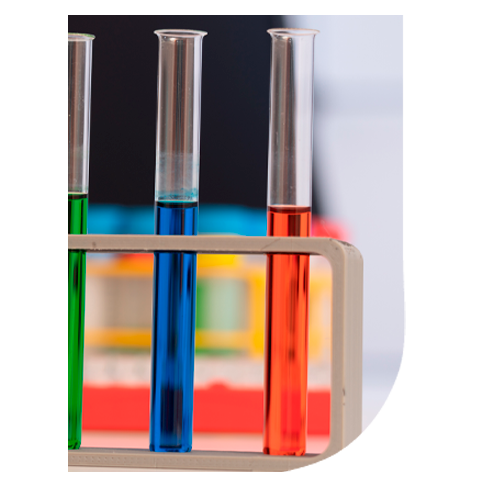Summary
OBJECTIVE
OBJECTIVE
Mycotoxins are the biggest challenge for animal feed producers and therefore, regular monitoring and remediation is necessary.
Mycotoxins can be remediated by various methods, but enzymes and microbes for deactivating mycotoxins are becoming popular these days.
Indeed, in contrast to many other methods, enzymes may target such toxins and remove them in a defined way.
Thereby, no unknown or unintended side products will occur which may turn out as dangerous as the original toxin.

However, enzymes capable of degrading mycotoxins such as T-2 toxin are rare.
In an ideal scenario, the enzyme engineering field and the discovery of enzymes through genomics and metagenomics techniques would guide the engineering and identification of such enzymes capable of efficiently degrading mycotoxins.
In this direction, the structure of T-2 toxin contains epoxide and ester groups and therefore can potentially be degraded by epoxidases and ester hydrolases from the structural superfamily of α/β-hydrolases.
 In this study, ester hydrolases from multiple taxonomic and environmental origins have been evaluated for their capacity to degrade T-2 toxin.
In this study, ester hydrolases from multiple taxonomic and environmental origins have been evaluated for their capacity to degrade T-2 toxin.
First examples of such enzymes capable of degrading this toxin through different mode of actions are presented.
Although, the enzymes still have to be investigated for the intended application, preliminary data suggest their potential for mycotoxin removal.
MATERIALS & METHODS
MATERIALS & METHODS

A large set of ester hydrolases, identified by applying genomics and metagenomics and from multiple taxonomic and environmental origin, were tested for their ability to degrade T-2 toxin.
- ⇰ Degradation was evaluated by LC-MS/MS.
- ⇰ Following this procedure, three enzymes, isolated from microbial communities either from a soil sample and marine sediments, were found capable of degrading the T-2 toxin.
- ⇰ Scale-up tests were performed to validate the results. For that, to tubes containing 2 ppm toxin, 500μl of an enzyme stock solution and 9.5ml buffer solution were added and the mixtures were incubated for 37°C for one hour.
- ⇰ The samples were analysed by liquid chromatography with mass
spectrometry (LC-MS/MS) for disappearance of T-2 toxin.
RESULTS
RESULTS
The degradation tests confirmed that two ester hydrolases out of 145 tested were capable of efficiently transforming T-2 toxin under our assay conditions.
- ⇰ As detected by LC-MS/MS, both degrade T-2 by acting on a specific
part of the toxin.
A third enzyme was capable of degrading T-2, but to lower extent compared to the previous two enzymes.
- ⇰ Interestingly this hydrolase degrades T-2 toxin by acting on a part of the molecule distinct than that of the previous enzymes.

Authors
Jog Raj1, Manuel Ferrer2, David Almendral2, Cristina Coscolín2, Marco Distaso3,4, Peter N. Golyshin3,4, Jose L. Gonzalez-Alfonso2, Francisco J. Plou2, Hunor Farkaš1, Jasna Bošnjak-Neumüller1 and Marko Vasiljevic1
1PATENT CO, DOO., Mišicevo, Serbia.
2CSIC, Institute of Catalysis, Department of Applied Biocatalysis, Madrid, Spain.
3School of Natural Sciences, Bangor University, Bangor, UK.
4Centre for Environmental Biotechnology, Bangor University, Bangor, UK.
Corresponding author: [email protected]
Reference
Reference: Page 128, WMF meets Asia, Jan 13-15, 2020, Bangkok, Thailand




 Micotoxicosis prevention
Micotoxicosis prevention